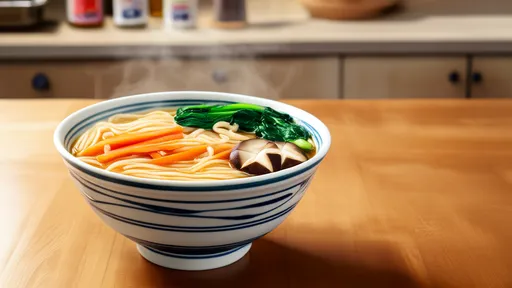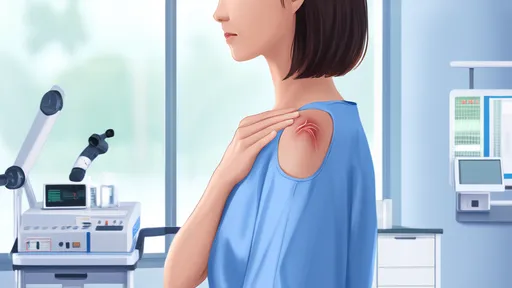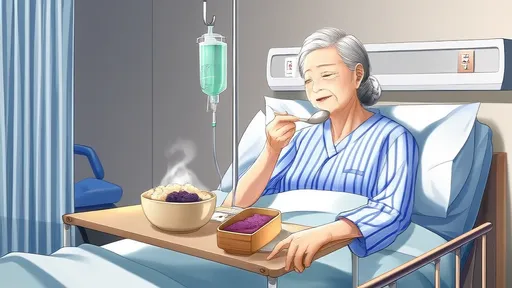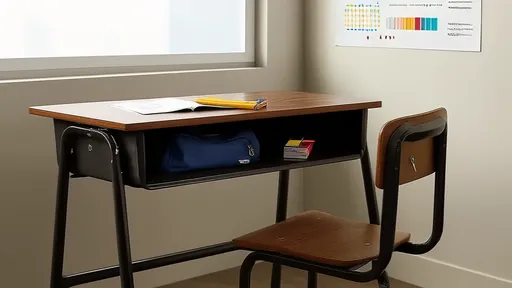The arrival of the plum rain season brings with it a damp, humid climate that can wreak havoc on more than just your mood—it can also turn your medicine cabinet into a breeding ground for mold. The persistent moisture in the air during this period creates an ideal environment for fungi to thrive, posing risks not only to the efficacy of medications but also to your health. For households in regions affected by the seasonal rains, safeguarding medical supplies becomes a critical yet often overlooked task.
Mold growth on medicines is more than just an aesthetic concern. Compromised pills, capsules, or syrups may lose their potency or, worse, become harmful if ingested. The problem is particularly insidious because not all mold is visible to the naked eye. Some medications might appear perfectly fine while harboring fungal contamination that could trigger allergic reactions or respiratory issues, especially in vulnerable individuals. This makes proactive prevention far more effective than reactive measures once mold has taken hold.
Traditional wisdom suggests storing medicines in cool, dry places, but during the plum rain season, even the most seemingly secure spots in your home can become humid. Bathroom cabinets, for instance, are particularly prone to moisture buildup due to frequent showers. Kitchens aren’t much better, with steam from cooking adding to the ambient dampness. Instead, consider transferring essential medications to airtight containers with silica gel packets to absorb excess moisture. For those living in especially humid areas, a small dehumidifier near the storage area can make a significant difference.
Certain types of medications are more susceptible to mold than others. Liquid formulations, such as cough syrups or suspensions, provide a nutrient-rich environment for fungi. Similarly, herbal supplements and powdered medicines, often derived from organic materials, are prime targets for microbial growth. Even seemingly stable items like adhesive bandages or cotton swabs can develop mold if exposed to prolonged dampness. It’s worth periodically inspecting these items and discarding anything with suspicious discoloration or odor.
Beyond physical storage solutions, behavioral adjustments can further mitigate risks. Avoid handling medications with wet hands, as this introduces additional moisture to containers. Resist the temptation to stockpile large quantities of medicines during the rainy season—what might seem like prudent preparedness could backfire if supplies degrade before use. Instead, maintain a leaner inventory and replenish as needed, ensuring shorter storage durations that reduce exposure to humid conditions.
For those who discover mold on medications, disposal requires careful handling. Don’t simply toss contaminated items into the trash where they might spread spores. Many communities offer pharmaceutical take-back programs for safe disposal. If these aren’t available, mix moldy medicines with undesirable substances like coffee grounds or cat litter in sealed bags before discarding to prevent accidental ingestion by humans or animals. Never flush medications unless explicitly instructed, as this can contribute to water contamination.
The challenges posed by the plum rains extend beyond medicine cabinets to first-aid kits commonly stored in humid basements or garages. Adhesive bandages lose their stickiness, antiseptic wicks dry out, and metal components in tools like tweezers may rust. Consider creating a modular first-aid system with frequently used items stored in climate-controlled areas while keeping bulk supplies separately in vacuum-sealed bags. This approach combines accessibility with long-term preservation.
Technological solutions are emerging to help combat these seasonal challenges. Smart storage containers with built-in humidity sensors can alert users when conditions approach dangerous levels. Some premium models even feature active drying mechanisms. While these represent a significant investment, they may prove cost-effective for households with extensive medical needs or those located in exceptionally humid regions where traditional methods fall short.
Cultural practices in some East Asian countries offer interesting alternatives. The traditional use of charcoal as a natural dehumidifier sees renewed interest, with porous bamboo charcoal bags becoming popular for small-space moisture control. Others employ age-old techniques like storing medicines in ceramic jars, which breathe better than plastic while offering some protection against ambient dampness. These methods, honed over generations in humid climates, complement modern solutions rather than replacing them entirely.
Pharmacists emphasize that prevention begins at the purchase stage. During humid seasons, opt for medications packaged in blister packs rather than bottles whenever possible. The individual sealing provides better protection against moisture. For liquid medicines, consider single-dose formats instead of large multi-use bottles that remain open for extended periods. Such choices at the point of acquisition create an important first line of defense against mold formation.
Insurance considerations add another layer to the issue. Some policies may cover replacement of medications damaged by verifiable mold contamination, but prevention remains infinitely preferable to navigating claims processes. Documenting storage conditions through occasional photos might prove valuable should disputes arise. More importantly, maintaining properly stored medications ensures they’ll be effective when needed most—during seasonal illness spikes that often accompany the very weather conditions threatening your supplies.
The psychological aspect of medicine storage during challenging seasons shouldn’t be underestimated. Finding mold on what should be healing substances creates unease and undermines trust in home healthcare systems. By implementing robust prevention strategies, households gain peace of mind knowing their medical supplies remain safe and effective regardless of what the weather brings. This confidence proves particularly valuable when caring for children, elderly family members, or individuals with chronic conditions requiring reliable medication.
As climate patterns shift, the plum rain season’s duration and intensity show unpredictable changes, making adaptable storage strategies increasingly important. What worked a decade ago may no longer suffice as humidity levels fluctuate. Regular reassessment of medicine storage areas—checking for new damp spots or changing airflow patterns—helps stay ahead of potential problems. This dynamic approach to an age-old challenge reflects the evolving nature of household healthcare in changing environmental conditions.
Ultimately, protecting your medicine cabinet during the humid months requires equal parts knowledge, vigilance, and adaptability. The solutions needn’t be expensive or complicated—often, simple changes in storage locations or the addition of moisture-absorbing materials yield dramatic improvements. By treating medicine preservation as an integral part of seasonal home maintenance rather than an afterthought, you ensure that when health concerns arise, your remedies remain as reliable as the day you acquired them.

By /Aug 7, 2025

By /Aug 6, 2025

By /Aug 6, 2025

By /Aug 6, 2025

By /Aug 6, 2025

By /Aug 6, 2025

By /Aug 6, 2025

By /Aug 6, 2025

By /Aug 6, 2025

By /Aug 6, 2025

By /Aug 6, 2025

By /Aug 6, 2025

By /Aug 6, 2025

By /Aug 6, 2025

By /Aug 6, 2025

By /Aug 6, 2025

By /Aug 6, 2025

By /Aug 6, 2025

By /Aug 6, 2025

By /Aug 6, 2025